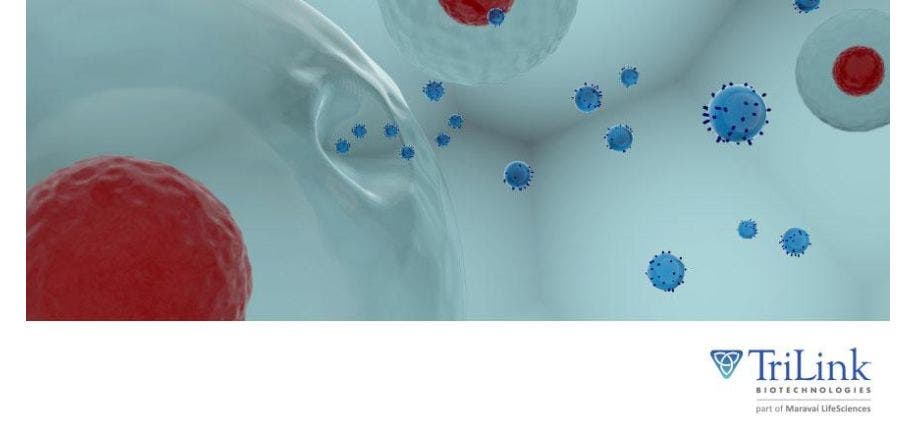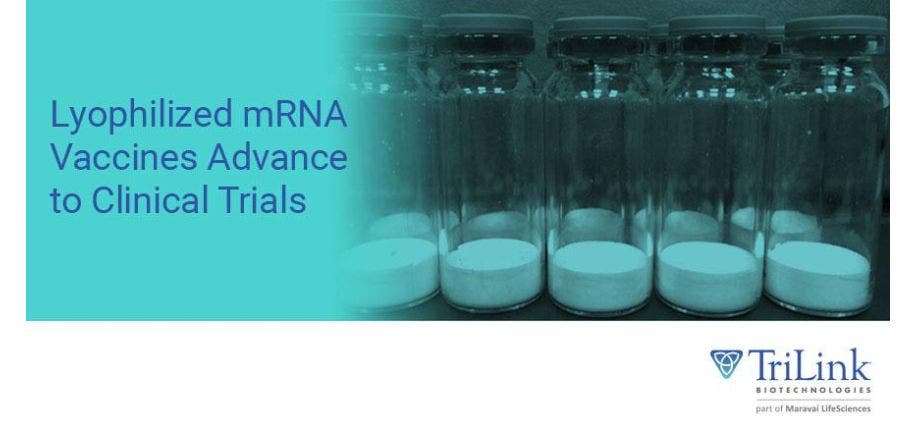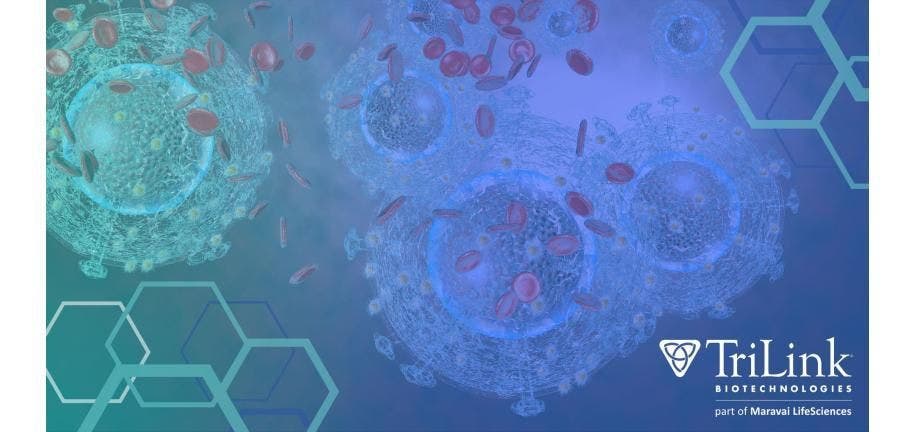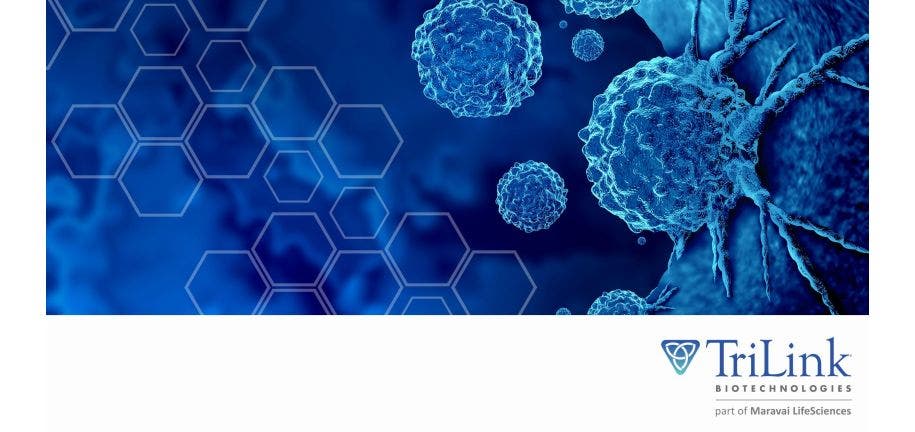Posts tagged 'TL modified mRNA'
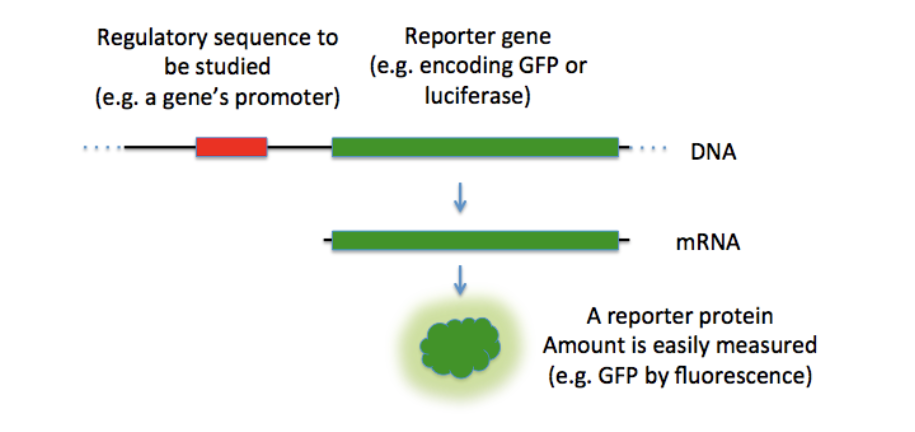
TL Applying CleanCap® mRNA: 4 Example Studies
Historically, reporter genes have been delivered as DNA plasmids for transcription into mRNA before translation into a reporter protein. In biological systems, ideal reporter proteins generate highly sensitive signals that are easily measurable. Thus, they are often photoluminescent (e.g., GFP) or chemiluminescent (e.g., luciferase).
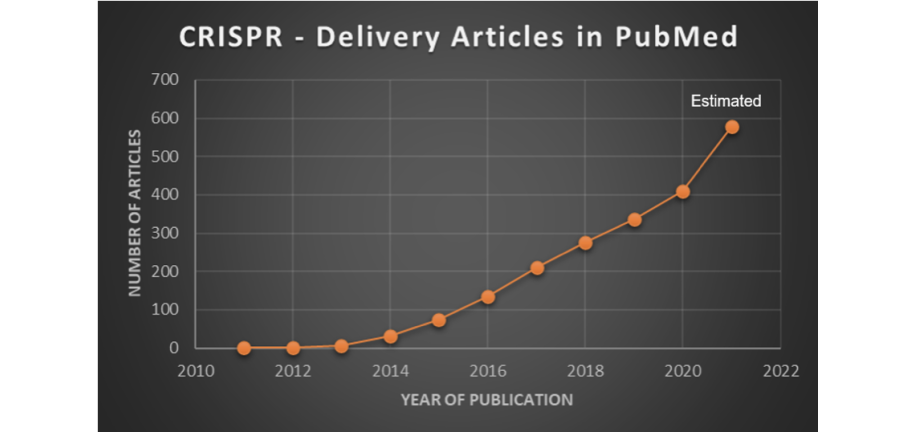
TL CleanCap® IVT Cas9 mRNA in Micelles Used for Genome Editing in Mouse Brain for the First Time
CRISPR-based genome editing tools show tremendous potential as therapeutic agents for the treatment of genetic diseases and viral infections, as discussed in previous Zone blogs and the June 2021 TriLink Research Spotlight titled, A Novel Base-Editing Strategy Promises to Treat Sickle Cell Disease. Nevertheless, safe and efficient delivery of CRISPR tools to target tissues continues to attract growing attention (see Chart). A wide variety of technical approaches are being explored, the main one being the formulation of nano-sized particles loaded with different types of CRISPR-related cargo.
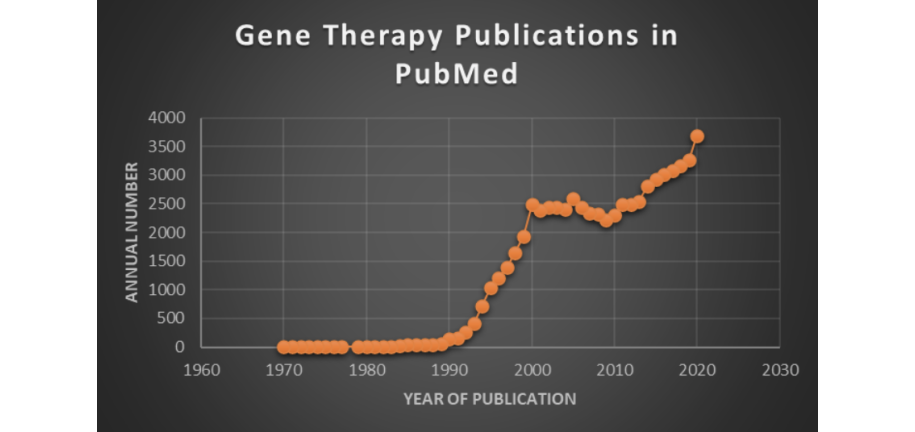
TL Optimizing the Performance of IVT mRNA Using N1-Methylpseudouridine (N1mΨ)—Part 2: Heart Gene Therapy
Posted in the Zone on May 25, 2021, part 1 of this series on optimizing the performance of in vitro translated (IVT) mRNA using N1-methylpseudouridine (N1mΨ) provided a historical introduction to the development of this chemically modified base. Part 1 focused on a 2015 study and an initial 2018 in vivo optimization study of N1mΨ-mRNA. This Part 2 blog features a subsequent 2019 publication on in vitro optimization of N1mΨ-mRNA for future heart gene therapy. Before discussing these findings, the next section will briefly introduce the history of gene therapy and why IVT mRNA is attracting increasing interest in this context.
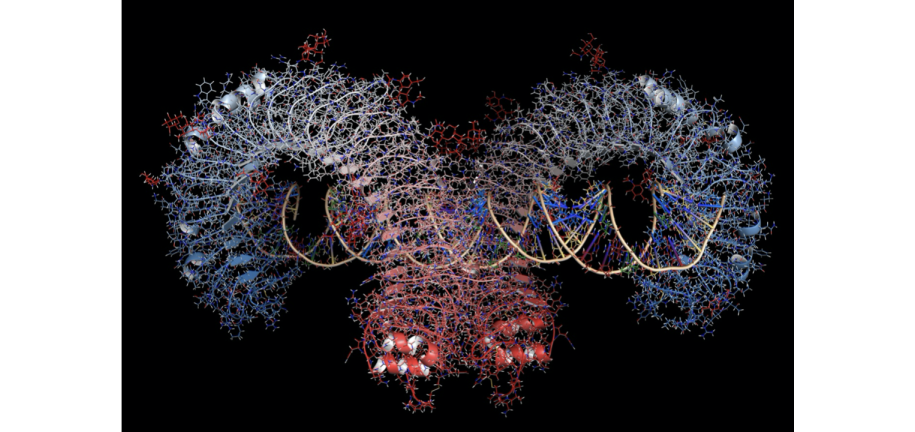
TL Optimizing the Performance of IVT mRNA Using N1-Methylpseudouridine (N1mΨ)—Part 1
There is widespread interest in chemically modified mRNA (modRNA) synthesized by in vitro transcription (IVT) reactions, wherein one or more of the natural (aka wild-type) A, G, C, and U nucleotide 5’-triphosphates is replaced by base-modified analogs.


